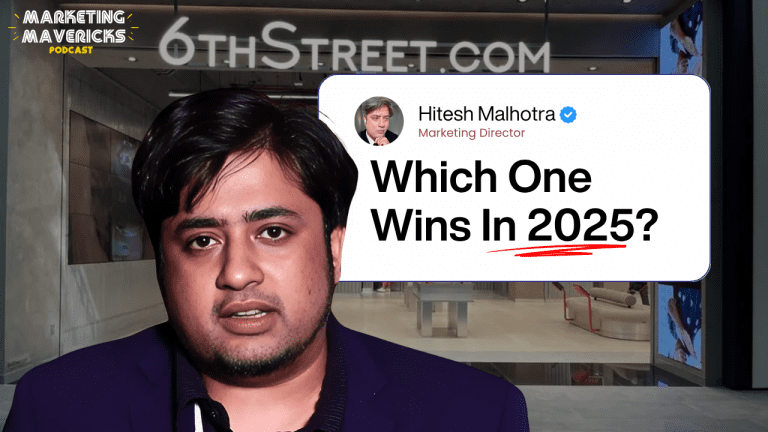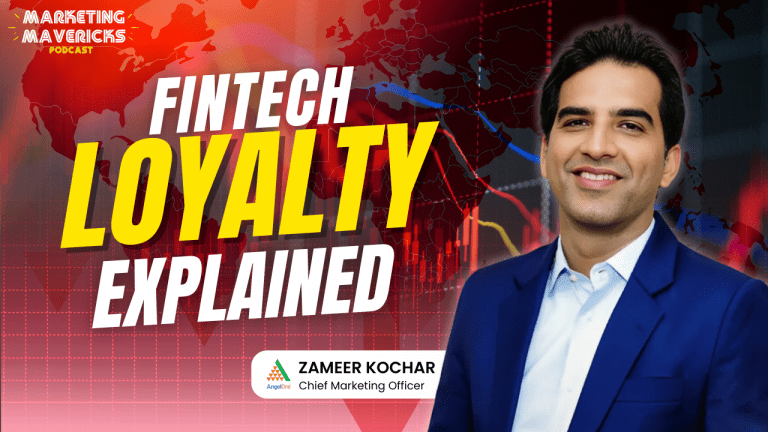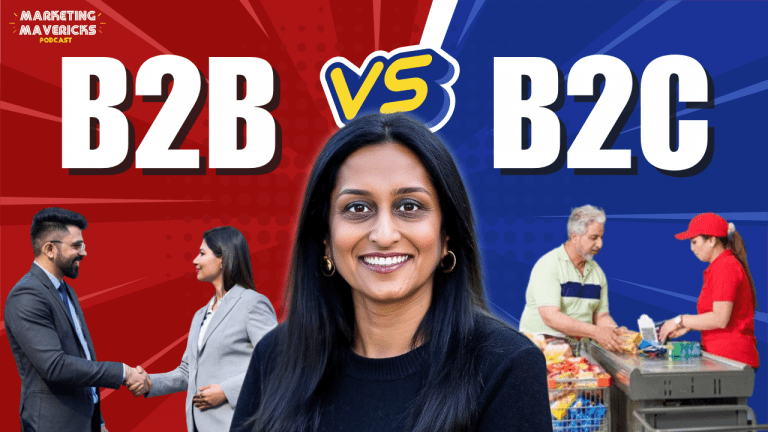In an increasingly complex, globalized, competitively digital world, brands compete with more than their products. Everything from packaging design to best omnichannel practices becomes important for D2C and FMCG brands.
For context, the packaging industry is expanding at nearly 25% annually, with India being a preferred hub since it costs about 40% cheaper than parts of Europe. Tamper-proof packaging is gaining ground while, for beverages, rigid plastics and glass make up 70% of the total market.
Functions Of Packaging
Packaging plays a crucial role from the time a product is developed to the time a product is fully consumed. These functions of packaging include:
- Contains and protects the product: Packaging makes sure the product is contained as and when required – during transportation or storage – and ensures it can be used.
- Aids product handling and usage: Proper packaging helps with handling the product, and makes it easier sometimes to use the product
- Product marketing strategy: An attractive package makes a product stand out and have a promotional appeal. Packaging makes it easier for the customer to identify and differentiate products.
- Shelf life: Everything has a life cycle, and shelf life represents how well the product will appear. From tamper protection to fragility, these have to be considered well in advance. A design that is too intricate and fragile might easily get damaged on a store shelf or on display, defeating its purpose. Additionally, products with a longer shelf life would need packaging that lasts as long as well.
- User experience: Packaging is often the customer’s first time interacting with the product. The design should tell a story and build on loyalty. This provides a solid return on the brand’s marketing investment.
While packaging is an almost boring, innocuous word, the circular economy, resource management, omnichannel practices, and product safety are what make your products sexy in the awokening consumer world. They go beyond presentation, promotions, and protection.
According to Packhelp, ‘Both regulators and the increasingly informed consumer will continue to hold companies accountable, demanding transparency and ensuring that sustainable packaging remains a priority rather than an afterthought.‘
In order for a brand’s packaging to be successful, each stage must be considered precisely. With this thing in mind, it’s pivotal for every brand to opt for the help of trained professionals with insights across the vertical. At IndieFolio, we have extensive experience in helping tons of brands achieve their aim when it comes to packaging.
Types Of Packaging
Usually, packaging can be categorized into three types depending on its usage and purpose. These types are:
Primary Packaging: also called consumer packaging, is in direct contact with the product and is intended for the customer to identify, gain product knowledge, and aid consumption. Think something like the bag the chips are in. This is where the skill of marketing is really exhibited.
- Pouches
- Plastic containers
- Tin cans
Particularly, removing the primary packaging of a product affects the product’s quality or attribute. It helps protect the finished product from contamination and tampering while including aesthetic elements that make the product stand out.
Secondary Packaging: Its main use is to group and hold together units of the product, like a cardboard box that has multiple single bags of chips, etc. Removing the secondary packaging doesn’t affect the product’s quality or attributes, but also isn’t primarily the design focus for marketing companies.
Tertiary Packaging: Also referred to as bulk or transit packaging, is used to group large quantities of a product to transport it from one place to the other. Like wooden pallets used in freight shipping.
STATS: 35% of consumers report they view unboxing videos. 55% of those who watch unboxing videos claim the video convinced them to purchase the product. (Dotcom Distribution)
Packaging Design 101
When you think about it, designing for packages has plenty of similar elements to designing for the web or a whole billboard. However, with every medium, there are intricacies:
- Text – You have to remember that what you’re designing is going to be of a certain size, ranging from a cereal box to a small bottle of lip balm. The size and fonts you end up using need to be readable and understandable with the other colors involved in the brand’s identity (if it already has one). Additionally, you’d have to make space for mandatory data like warnings, date of manufacture, expiry date, contents, etc.
- Color – Color plays a significant role in marketing decisions: it should be attractive yet relevant to the contents of the package and the brand. If the brand doesn’t have an identity or logo yet, these would need to be discussed in depth with your clients. Also, ensure that you have the CMYK values or the Pantone Matching Values (PMS) colors needed for designing and printing.
- Material – Commonly used packaging design materials are metal, cardboard, aluminum foils, canvas, plastic, etc. One has to make sure that if labels are being made for the product, they stay on (eg. the label around a bottle of a soft drink), or if the design is going directly on the packet (eg. a packet of biscuits), the package doesn’t get damaged.
- Brand Name – The brand name – which is what you’re trying to market – should be prominent on the package. It should be readable, legible, and understandable. Again, if your client already has a brand identity, you have to decide your packaging design and its materials in ways that would flatter the logo and market it well. If you need to put a logo, make sure you have the file formats available.
- Cost – Packaging and packaging design cost however should be economical, so as to not overcharge customers. It’s important to keep in mind client specification over budgets and balance it with what would look good on the packaging. One-time costs include things like paying for the design work and print plate setup (for large, offset print runs.) On the other hand, per-item costs are for materials and labor. Each box to put things in will cost a certain amount, as will the bubble wrap and the tape, and the stamps.
When working for a new client, say one without a brand identity still, once customers are attracted to the colors, fonts, and texts of your product, then this same appeal can help them in recognising the brand in the future. A good experience would lead to a conversion in sales, making your product trustworthy. With the thousands of designers and experts on our platform, Indiefolio can provide you with the tools to meet your needs. Brand recognition makes it much easier to build brand loyalty and grow a customer base.
Things to keep in mind
What’s the competition like? While this would be something clients would come prepared with, it helps to do your own research. Does everyone else put their soap in a plastic bag and then in a box? Could you do something different to cut costs while making the design better?
Figuring out how to print: You should think about printing much before you get to that stage, not just after the design is complete. Not only is connecting with a printer going to ensure costs and logistics, but it’ll also help with nuances of the design itself based.
- Dielines: If you’re going with a standard-sized box or label, printers should be able to provide dieline templates that can be shared with a designer.
- File-format requirements: Your printer will need a vector file, and as a designer, you should supply a print-ready file. Visual mockups are also incredibly important, and in the right formats to show to those without special software.
- Digital vs. offset printing: Which type does your printer use? If they do offset, what is the minimum order number? Offset print uses metal plates layering color onto sheets in rapid succession and stamping onto paperboard, and this is how magazines are made. While digital print, on the other hand, is how your home office laser or inkjet printer works, which offers quick turnaround times and makes low-volume jobs affordable. Additionally, you need to make sure the printing matches the kind of packaging – rigid and paperboard printing require offset printing, while corrugated can use offset or digital printing.
What will this package look like in stores: If being sold in person, it’s important to estimate how it would be displayed. How much of the packaging design will be visible? What will it look like when these products are stacked next to or on top of each other?
Reusing packaging: While this isn’t a massive need for all products, it may be an important element for the people you’re marketing it to. For example, a health-conscious person would probably find a product more attractive if the package was something they could reuse or recycle. On the other hand, someone who’s buying soft drinks or soda probably wouldn’t consider recycling a big deal, but with the current temperament around the climate, they might be impressed that the brand is doing something about it. Here’s a good guide on innovative packaging design. IndieFolio has the experts needed to help you figure out the nuances when it comes to what you want your brand or product to stand for.
STAT: 72% of American consumers say their purchasing decision is influenced by the packaging design. (Ipsos)
What goes on the package? It always helps to keep in mind who’s buying the product and where it’s going to be (eg.: what kind of stores, the cities, etc.). This would help you not overpopulate the small space you get to design while adding the necessary regulatory details.
Pick the one absolute most important thing you want customers to know about the product. That should be the centerpiece of your design. Often, it’s the logo and its tagline. For example, take this packet of cereal.
Kellogg’s brand name is the most important thing, which is up on top and contrasted with the rest of the bag. Secondly, it’s a different packaging from regular breakfast cereal that Kellogg’s makes – it’s not in a cardboard box with a bag inside, the two packages have been fused.
The smattering of nuts and ingredients of the food in the background also help build an appeal – they’re all healthy foods. Granola also is considered to be healthy-people food, so there is the appeal of a certain health-conscious, working clientele involved who doesn’t have time for a full breakfast but wants to be healthy as well. The calories on the front as well add to this image – they don’t have to turn the bag around to see how healthy it’s going to be for them.
Collecting feedback: Before deciding on the packaging design, make sure to run it by both key stakeholders and people who have never heard of or used your product. Here is where user research plays a big role. The answers will help you determine if the packaging is communicating what you want it to.
How do you design for your brand?
The creative process begins with a concept, and sometimes you get clues based on the brand’s established identity. If it’s a rebrand, a look based upon the ideas communicated needs to be expressed from the inside, i.e. the product, to the outside, which is the packaging.
- Ask the right questions when designing to know what the client is trying to convey. It helps to have a word cloud of all the adjectives and verbs that one would associate with the brand, to help focus on some aspects of the market.
- Create “comps”, or prototypes, of their designs to get a product that they can look at. This really allows one to judge a product and how it would be experienced and marketed.
- Consciously brand. Stay true to the visual history of your brand, your products, and identity for brand familiarity and recall.
Designing great packaging is an art, a science, and a business. It’s also a creative process that requires you to think about every aspect of your product or brand. We don’t always pay as much attention to the packaging of products as we should. There is a lot of information on the packaging, and everything has a message. By paying more attention to packaging, and trying to understand it better, we can make better decisions about all the things we buy, and also understand what works for the customer.
Closing
While packaging is used in nearly all kinds of consumer goods, FMCGs are generally where competition and creativity are at their highest. These products tend to be repeat-purchase items. There’s a lot of pressure on producers to maintain product quality and consistency while innovating to be relevant and eye-catching. The growth in the packaging sector is being driven by e-commerce, food processing, FMCG, the manufacturing industry, and the healthcare sector. Additionally, numerous government initiatives including ‘Make in India’ had a positive impact on the packaging industry.
For less competitive markets, like medical packaging, ahead of design, more important things take precedence – like ensuring things are delivered in sterile conditions, ensuring that no rays can penetrate the product without the packaging (or the product) breaking down. The design of a product can make or break its success in the marketplace. If someone buys your product but doesn’t like how it looks or their experience with it, they won’t be happy with it. On the other hand, if you’ve created something that looks amazing on paper but doesn’t stand out on the packaging material or with the color palates used, that wouldn’t help sales either.
When it comes to long-standing customers, naturally, they are not the ones in focus when thinking of new designs. Attractive packaging, along with being familiar, should also be timeless, such that they stand the test of time and become a marker of sorts in the market. With so many products being sold solely online, how they receive their orders also matters a lot since that would primarily decide if they’re buying again from the brand or not.






